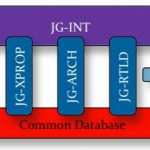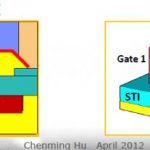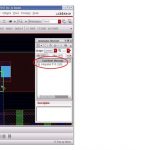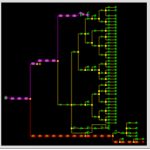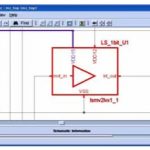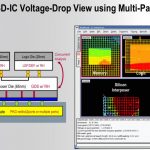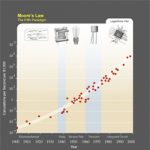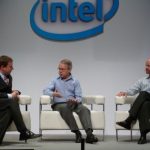You are currently viewing SemiWiki as a guest which gives you limited access to the site. To view blog comments and experience other SemiWiki features you must be a registered member. Registration is fast, simple, and absolutely free so please,
join our community today!
Now that the 28nm challenges are dead
It is time to look ahead
The tabloid pundits may not agree
But Moore’s law again you will see
The semiconductor ecosystem is humming
(2X gate density -20%+ performance-20%+ power savings)
The 20nm design starts are coming!
Okay, I’m really bad at poetry. Gambling however, I do pretty well. Las… Read More
The success of Apple’s AppStore has made people aware that software doesn’t have to be delivered in a big monolithic lump. Indeed, going back a bit earlier, Apple’s iTunes store made people aware that you didn’t have to buy a whole album if you only wanted a track or two.
EDA applications in today’s… Read More
In one of Portlandia’s TV program sketches, there is a funny interchange between a carrier salesperson and Fred Armisen (of SNL fame) who was trying to buy a phone. One chuckle line was a statement by the seller that the phone was free after paying for it and that there was a one-time annual fee. With this anecdote as a mental backdrop,… Read More
We are all aware that at 28nm and below several types of complex layout effects manifest themselves into the design and pose a herculean task, with several re-spins to correct them at pre-tapeout. It’s apparent that the layout needs to be correct by construction at the very beginning during the design stage.
Having worked at Cadence… Read More
There’s this EDA company. They have over 100 tapeouts. They have a $28M in funding. They have 250 people. And you’ve never heard of them. Or at least I hadn’t.
They are ICScape. They started in 2005 with an investment from Acorn Campus Ventures and delivered their first product, ClockExplorer, in 2007 and their… Read More
There is a famous quote (probably attributed to Mark Twain who gets them all by default) “When looking for faults use a mirror not a spyglass.” Of course if you have RTL of your IP or your design then using a SpyGlass is clearly the better way to go. But it is getting even better since there is a new enhanced release, SpyGlass… Read More
ARM used to build their own models. By hand. They had an instruction-set simulator (ISS) called ARMulator that was largely intended for software development, and cycle-accurate models that were intended to run within digital simulators for development of the hardware of ARM-based systems.
There were two problems with this … Read More
For many, maybe most, big designs, Apache’s RedHawk is the signoff tool for analyzing issues around power: electromigration, power supply droop, noise, transients and so on. But the latest designs have some issues: they are enormous (so you can’t just analyze them naively any more than you can run a Spice simulation… Read More
At the GSA 3D IC working group meeting, Cadence presented their perspective on 3D ICs. Their view will turn out to be important since the new chair of the 3D IC working group is going to be Ken Potts of Cadence. Once GSA decided the position could not be funded then an independent consultant like Herb Reiter had to bow out and the position… Read More
There is an interesting discussion in the SemiWiki forum in response to the EETimes article: Intel exec says fabless model ‘collapsing’. Definitely an interesting debate, one worth our time since the advertising click hungry industry pundits will certainly jump all over it. Clearly I’m biased since I helped build… Read More



